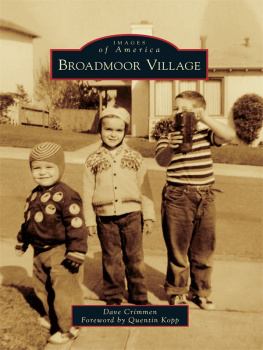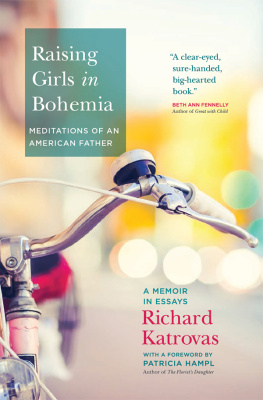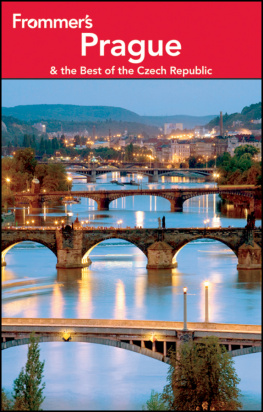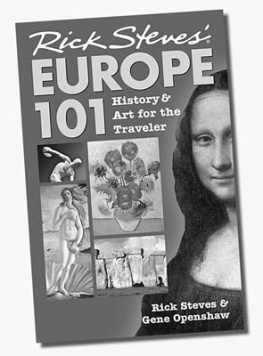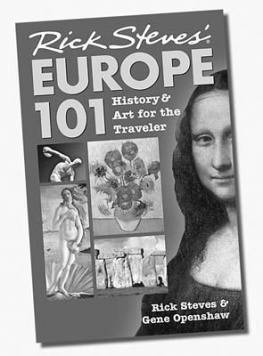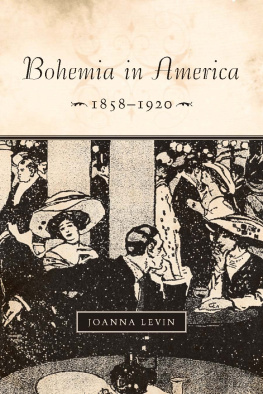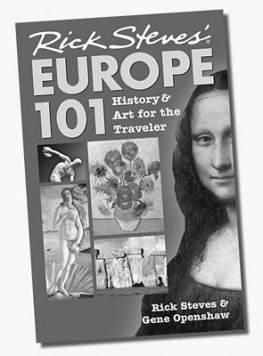


Published by The History Press
Charleston, SC
www.historypress.net
Copyright 2016 by Dave Rasdal
All rights reserved
Front cover, top: A concrete lion guards a corner of the Bridge of Lions in Cedar Rapids in this photo facing west across the Cedar River toward Czech Village and the carillon tower in front of the National Czech & Slovak Museum & Library. Photo by Rollin Banderob; bottom: The Karla Masaryk Chorus, founded in 1937 by a group of Czech housewives, performed in native costumes at nearly every special occasion in the Czech community through World War II and into the 1950s. During the war, the chorus made a recording broadcast in Europe by Voice of America. Photo courtesy of National Czech & Slovak Museum & Library.
First published 2016
e-book edition 2016
ISBN 978.1.62585.542.8
Library of Congress Control Number: 2015956825
print edition ISBN 978.1.46711.761.6
Notice: The information in this book is true and complete to the best of our knowledge. It is offered without guarantee on the part of the author or The History Press. The author and The History Press disclaim all liability in connection with the use of this book.
All rights reserved. No part of this book may be reproduced or transmitted in any form whatsoever without prior written permission from the publisher except in the case of brief quotations embodied in critical articles and reviews.
This book is dedicated to the dozens of Czech immigrants and their descendants cited in this book and to the thousands I didnt have room to mention, all of whom helped shape Cedar Rapids into the industrious, progressive and neighbor-friendly community it is today.
CONTENTS
FOREWORD
While growing up in Cedar Rapids, I became aware at an early age of the unique character of the areas of the city now known as New Bohemia and Czech Village. I remember taking note of the special architectural details on the historic buildings along Third Street Southeast and Sixteenth Avenue Southwest. Organizational names such as CSPS and ZCBJ were proudly carved in stone on the larger buildings. Cedar Rapids names such as Suchy, Matyk, Barta and Polehna were visible atop the smaller storefront structures. Older generations of Cedar Rapidians would always describe these areas to me as Bohemie Town. Historically, they had been called the South Side or South End on the east and the Avenue on the west.
As a teenager in the 1980s, I realized through endless hours of research that these neighborhoods have always been critically vital to the history of Cedar Rapids. Renewed appreciation for Sixteenth Avenue Southwest as Czech Village began in the 1970s, but community support for restoring the older east-side neighborhood took a long time. The entire area now known as New Bohemia was targeted for demolition in the 1960s as part of an urban renewal plan. Thankfully, that plan was never carried out. In the 1990s, interest began to grow in preserving the old South Side area, especially after the destruction of two landmarks: the 1912 Olympic Theatre (later known as the Strand and the Community Theatre) at the corner of Twelfth Avenue and Third Street Southeast in 1993 and the demolition of the 1873 Monroe School building at 921 Third Street Southeast in 1996.
Shortly after 2000, the name New Bohemia was established, and both the New Bo and Czech Village areas were listed in the National Register of Historic Places. There was again a brief consideration for demolishing the area after the devastating June 2008 flood, but the Cedar Rapids community rallied behind saving Czech Village and New Bohemia. They have recovered magnificently, as strong as they were one hundred years ago. This area has always been not only special to me but also increasingly special to the entire community, as well as unique on a national level: other cities in the United States may have a Little Italy or Little China, but only Cedar Rapids has a Little Bohemia.
MARK STOFFER HUNTER
Cedar Rapids Historian
The History Center (Linn County Historical Society)
October 2015
ACKNOWLEDGEMENTS
This book wouldnt be what it is without the assistance of so many generous people. Thank you to all, in particular:
The Gazette: Zack Kucharski for permission to use the archives and photographs and Diana Pesek for setting me up with a computer to search the electronic files.
Rick Smith, Gazette city hall reporter, who brought about my connection with Greg Dumais, acquisitions editor at The History Press. And Greg for being a thoughtful, concise and understanding editor.
Former Gazette staffers: Cindy Hadish, who covered Czech Village during the flood recovery; Dale Kueter, an early mentor at the Gazette who wrote about the Czech population in Cedar Rapids throughout his career; and Mary Sharp for her expert, down-home encouragement and advice.
The National Czech & Slovak Museum & Library: Gail Naughton for allowing me access to the library and Dave Muhlena for digging up information.
All of the genealogists who compiled family histories and contributed copies to the Czech museum so researchers can grasp the human aspect of immigration and the historical significance of the Czech influence on Cedar Rapids.
Personal interview subjects: Mel Andringa, Bob Chadima, Lijun Chadima, Beth Chacey DeBoom, Bob Drahozal, Jon Jelinek, Donna Merkle and Baron Stark.
A special thank-you goes to Mark Stoffer Hunter, Mr. History of Cedar Rapids at the History Center, for his historical knowledge in scanning this original manuscript for accuracy and contributing the foreword.
And lastly, you, dear reader, for understanding that this is but a brief history of Czech Village and New Bohemia, for since history is so full and ongoing, no single written account can ever encompass every detail.
Introduction
BRIDGES
Abridgeas does a roadleads somewhere. But a bridge accomplishes much more than a simple road, for it crosses an obstaclea river, a gulch, railroad tracks, even an ocean.
Sure, you dont see a bridge across the Atlantic Ocean. But if you use your imagination, its there. From the area known as Bohemia in Eastern Europe to a flat and prosperous land in the middle of Americas Heartland called Iowa, that bridge was built more than 150 years ago. It has taken adventurous Bohemian or Czech people somewhereto a new land, to hard work and sacrifice, to family ties and fresh loves, to advanced educations and business opportunities, to realigned loyalties and relief from strife, to adventures unforeseen and toyes, this symbolic bridge has taken these people to their dreams.
Today, in the Czech Republics capital of Prague, you can cross the Charles Bridge over the Vitava River. In Iowas second-largest city, Cedar Rapids, you can cross the Bridge of Lions over the Cedar River. Each bridge takes you past symbolic statuesin Prague they are of historically significant people, and in Cedar Rapids they are lions representing Czech independence. These bridges draw a parallel between old and new.
The Charles Bridge, constructed beginning in 1357, replaced the nearly two-century-old Judith Bridge that had been damaged beyond repair by a great flood.






